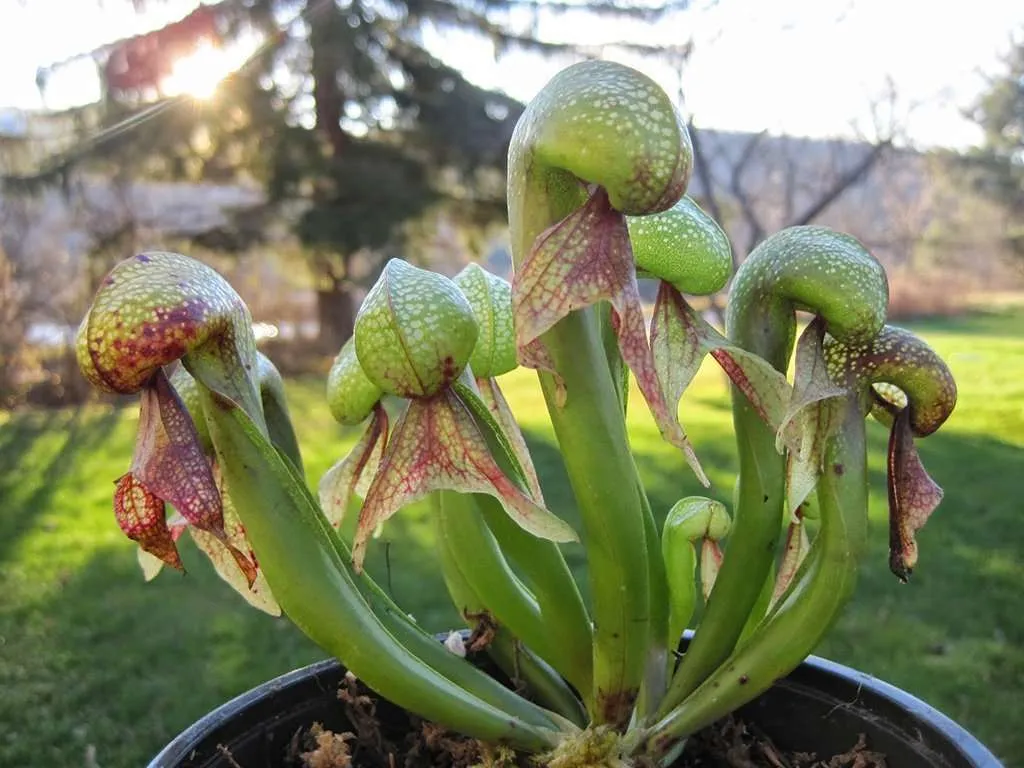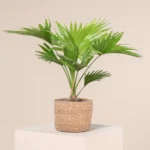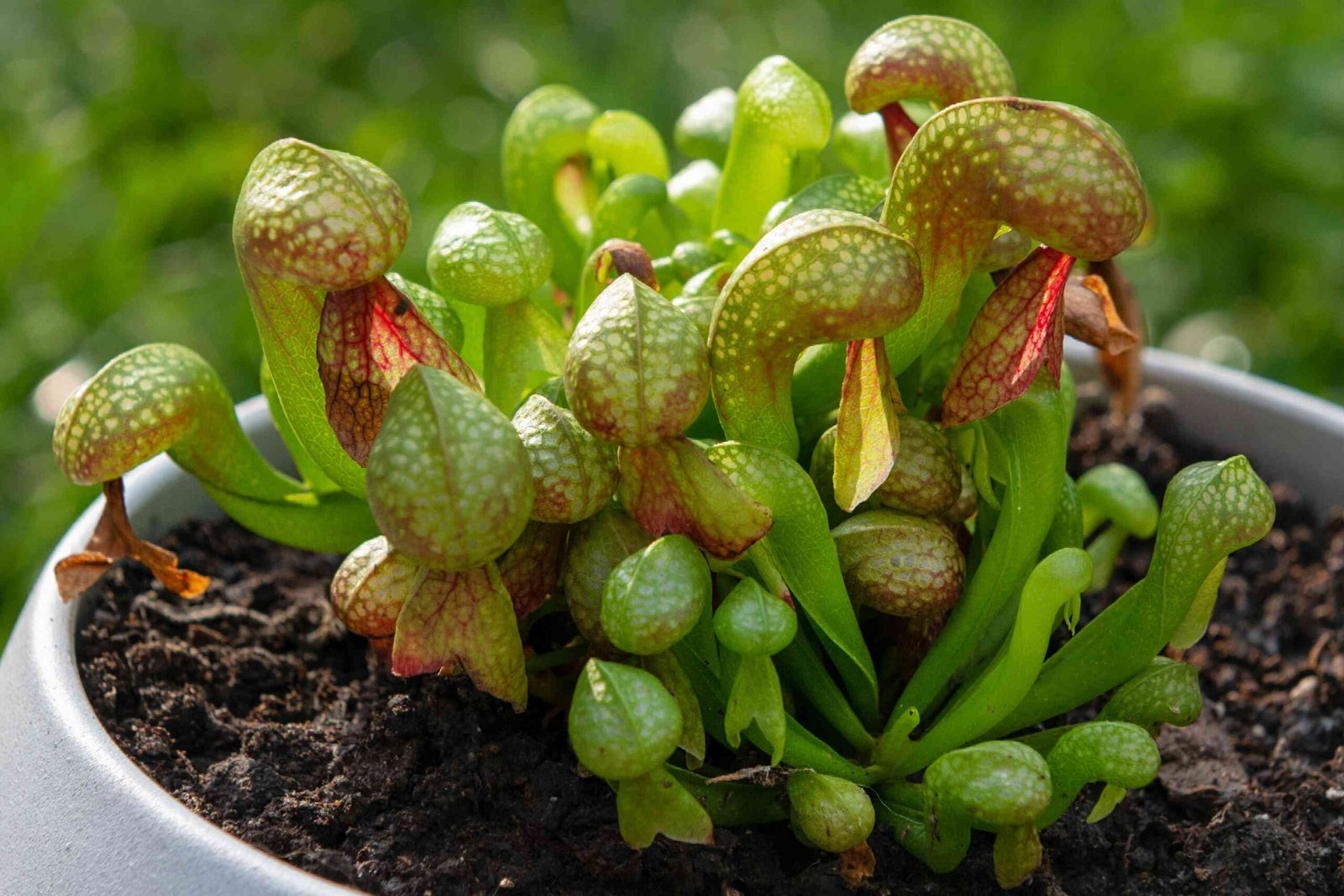Unveiling the Mysteries of the Cobra Lily: Expert Tips on Growth, Care, and Propagation
Introduction
The Cobra Lily, scientifically known as Darlingtonia californica, is one of the most intriguing carnivorous plants, famed for its unique appearance and specialized trapping mechanism. Native to the nutrient-poor bogs and seeps of Northern California and Southern Oregon, this plant thrives in cool, flowing water conditions. Its distinct, hooded pitchers, resembling a cobra ready to strike, make it a fascinating addition to any plant collection. This comprehensive guide offers insights into the care, propagation, and ecological significance of the Cobra Lily, providing enthusiasts with the knowledge needed to successfully grow and maintain this remarkable plant.

Quick Facts
| Fact | Details |
|---|---|
| Scientific Name | Darlingtonia californica |
| Common Names | Cobra Lily, California Pitcher Plant |
| Native Regions | Northern California, Southern Oregon |
| Optimal Humidity | 50-80% |
| Optimal Temperature | 70-80°F (21-27°C) during growing season, 35-50°F (1-10°C) during dormancy |
| Soil Type | Nutrient-poor, acidic, well-draining |
| Watering Needs | Cool, pure water (distilled or rainwater), flowing or changing frequently |
Physical Characteristics
The Cobra Lily is distinguished by its tall, tubular pitchers, which can grow up to 3 feet in height. The pitchers are hooded with a fishtail appendage and transparent “windows” that confuse prey, preventing their escape. The plant’s overall appearance mimics a cobra, with the inflated hood and curved opening resembling the serpent’s head, while the fishtail-like structures resemble the hood of a cobra, further enhancing its predatory allure.
Nutrition, Foods to Avoid
Cobra Lilies capture and digest insects to supplement the poor nutrient content of their soil. It is important not to feed these plants manually with human food or large insects, as this can cause the pitchers to rot. The plant thrives by naturally catching small insects that fit into its unique trapping mechanism.

Health and Diseases
Cobra Lilies are susceptible to root rot if their roots become too warm or if the water is not kept cool and flowing. Pests such as aphids and spider mites can also affect them, but maintaining high humidity and proper watering practices can prevent these issues. Regularly flushing the soil with cool, pure water helps maintain the plant’s health by simulating its natural habitat.
Propagation Methods
Propagation of Cobra Lilies can be challenging but is possible through:
- Seed: Requires stratification (a period of cold treatment) to germinate.
- Division: Mature plants can be divided during repotting. Ensure each division has a portion of the rhizome and healthy roots.
Pricing Information
| Type | Average Price |
|---|---|
| Small potted plant | $20 – $30 |
| Mature potted plant | $30 – $50 |
| Rare or large specimens | $50 – $100+ |
Factors Affecting Price
- Plant Size and Age: Larger and more mature plants typically command higher prices.
- Cultivar: Rare or unusual cultivars are more expensive.
- Health and Condition: Plants in optimal health with well-formed pitchers are more valuable.
Price in Different Regions
| Region | Average Price |
|---|---|
| USA | $25 |
| Europe | €22 |
| Asia | ¥2000 |
FAQs
Q: How often should I water my Cobra Lily?
A: Water should be kept cool and changed frequently, ideally with a constant flow. Use distilled or rainwater to prevent mineral buildup.
Q: Can Cobra Lilies be grown indoors?
A: Yes, but they require a cool environment, high humidity, and bright indirect light. Simulating their natural habitat is crucial for success.
Q: Do Cobra Lilies need a dormancy period?
A: Yes, Cobra Lilies require a winter dormancy period with cooler temperatures (35-50°F) to thrive.

Related Plants
Other carnivorous plants like the Venus Flytrap (Dionaea muscipula) and the Trumpet Pitcher Plant (Sarracenia) share similar care requirements and can be grown alongside Cobra Lilies.
References
- International Carnivorous Plant Society
- Botanical Society of America
- National Geographic: Carnivorous Plants
Categories
Carnivorous Plants, Indoor Gardening, Exotic Plants, Plant Propagation, Sustainable Gardening
This detailed guide provides all the essential information needed to cultivate and care for Cobra Lilies successfully. Whether for personal enjoyment or conservation purposes, these fascinating plants offer a unique and rewarding gardening experience.
Views: 8











